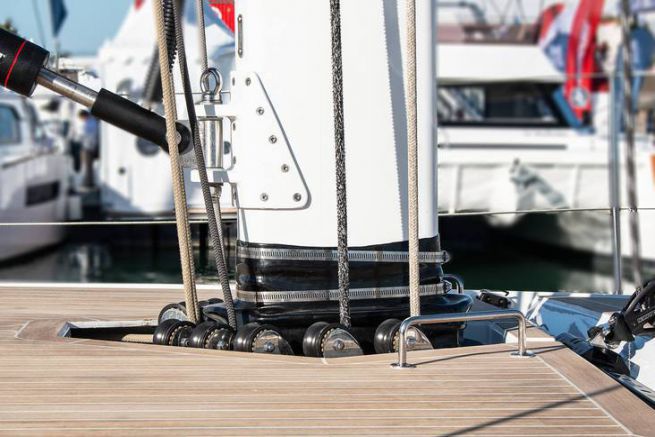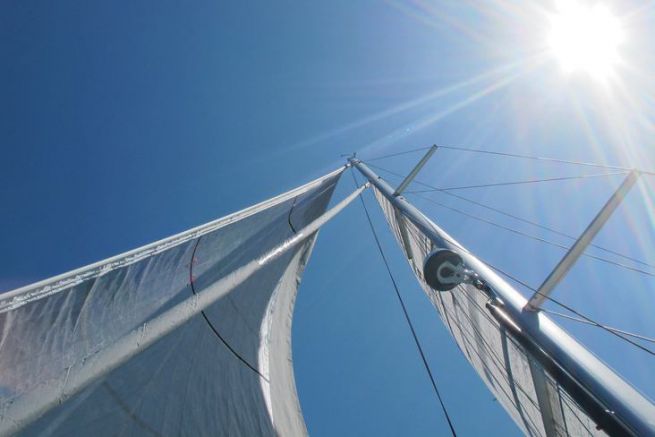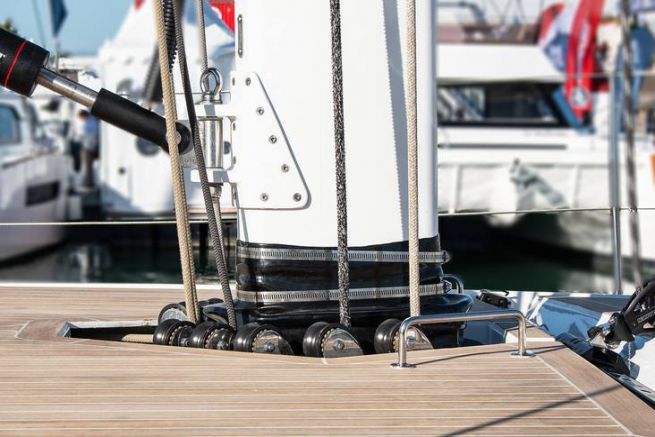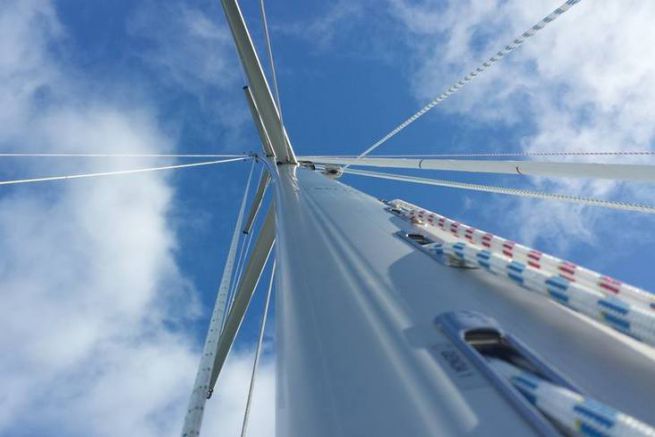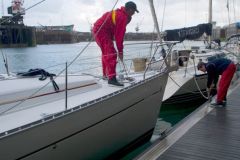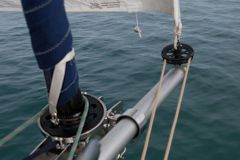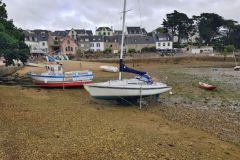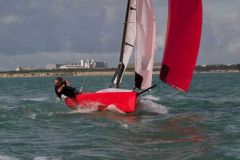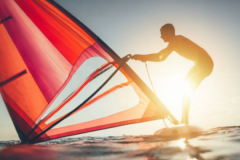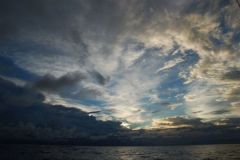The frame of Eovolt bicycles is made of aluminium, the same one used on aircraft. Besides its weight, it is interesting when sailing, because aluminium does not rust. A small detail, this electric bike, which has a screen to manage the battery and the level of assistance, is also equipped with a USB plug to recharge your laptop while on the road. mast profile (commonly called the tube) is the shape of its cross-section. There are wing masts, masts with a cylindrical cross-section, but most of them are elliptical in shape.
The mast groove which is often mistakenly referred to as the luff tape allows the mainsail to be engaged and held along the mast to hoist it.
The mast rail has the same objective as the mast groove, however in this system carts are attached to the sail and slide along a rail on the mast.
The mast head as its name suggests is the part at the top of the mast. Aerial instruments (weather vane, navigation lights, anchor lights and VHF antenna) are installed. The backstay is also fixed at the masthead.
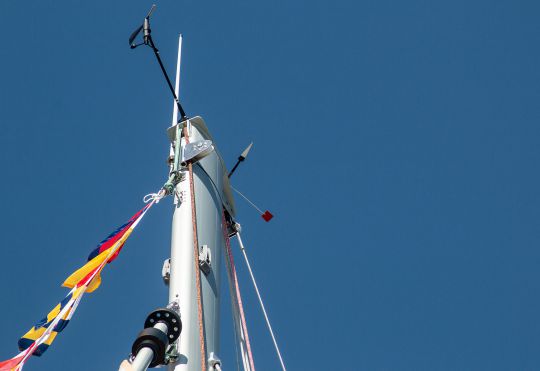
The mast base is the part on which the mast rests by compression.
The spreaders have an angle of 30° and the mast should not need backstay. However, for a more sporty use, and in order to optimize performance, the firm recommends the installation of a backstay in dynema. go by couple. There may be one, two, three or more floors for large yachts. They are used to strengthen the mast holding by increasing the angle of the shrouds. The purpose is to reduce the compression of the mast. There are two types of spreaders, straight or pushing.
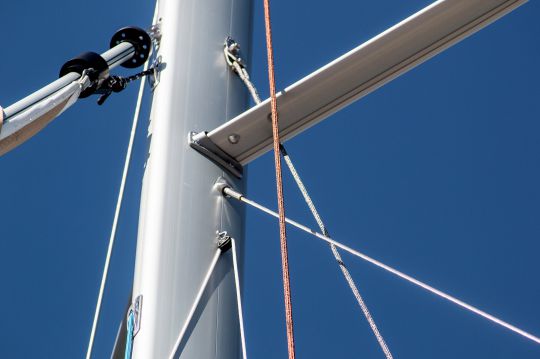
The capelage concerns all guy guy fixings on a mast. We most often talk about the forestay cap.
The rigging screws are used to adjust the tension of the shrouds by means of an inverted screw pitch system.
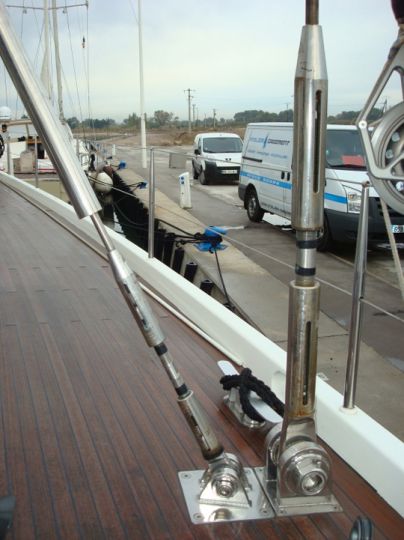
Different types of cables
The single-strand cable is used on most cruising yachts. Visually the monotoron is made up of many strands (19), it is misleading. In fact the monotoron is invisible, because it is surrounded by all these cables.
The ROD cable is a cable that does not consist of a strand but of a solid stainless steel rod.
The textile cable is a flexible cable made of rope, often Dynema, PBO and sometimes Kevlar.
The composite cable is made of unidirectional carbon fibres and can have a profiled shape. They are very light and have little elongation.
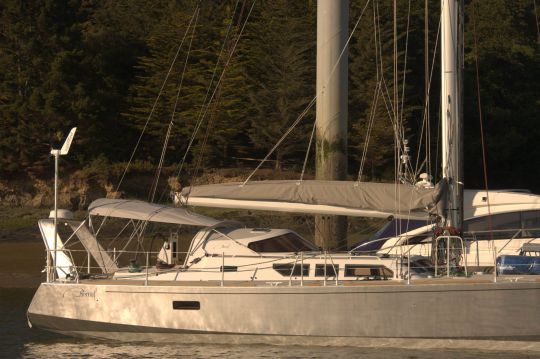
Some accessories
The gooseneck is a joint that connects the mast and boom.
The sheaves are pulleys inside the mast for the running rigging.
